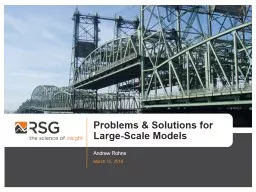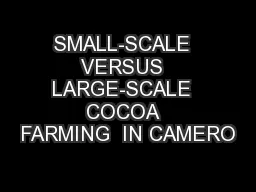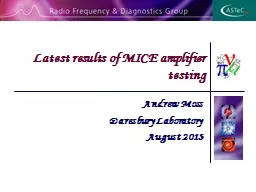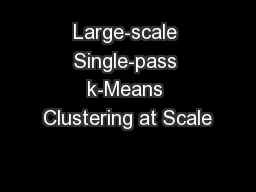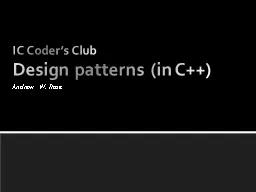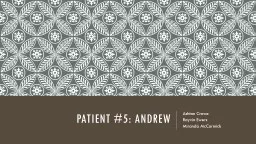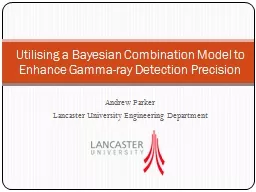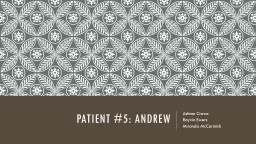PPT-Problems & Solutions for Large-Scale Models Andrew Rohne
Author : briana-ranney | Published Date : 2019-11-02
Problems amp Solutions for LargeScale Models Andrew Rohne March 15 2019 Introduction Based on TRB Session Eight Presentations New ideas for demand estimation Can
Presentation Embed Code
Download Presentation
Download Presentation The PPT/PDF document "Problems & Solutions for Large-Scale..." is the property of its rightful owner. Permission is granted to download and print the materials on this website for personal, non-commercial use only, and to display it on your personal computer provided you do not modify the materials and that you retain all copyright notices contained in the materials. By downloading content from our website, you accept the terms of this agreement.
Problems & Solutions for Large-Scale Models Andrew Rohne: Transcript
Download Rules Of Document
"Problems & Solutions for Large-Scale Models Andrew Rohne"The content belongs to its owner. You may download and print it for personal use, without modification, and keep all copyright notices. By downloading, you agree to these terms.
Related Documents

